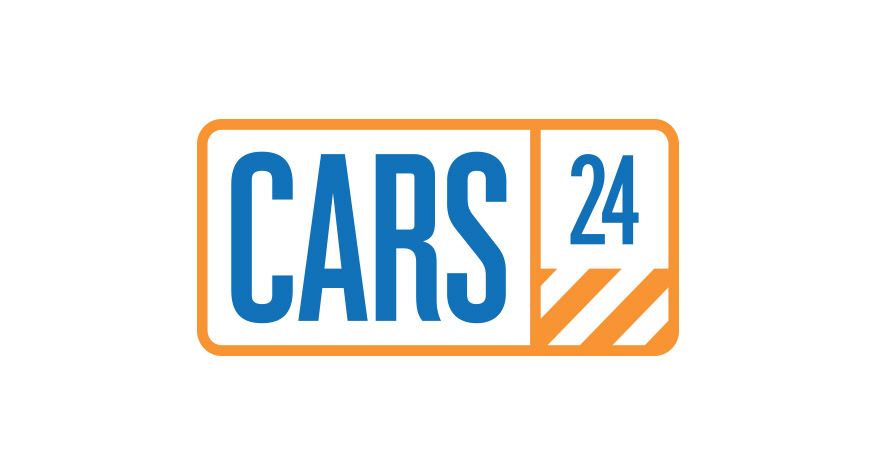8 Tax Deductions Eliminated or Reduced Under the New Tax Law
Content
Meals provided to an employee for the convenience of the employer on the employer’s business premises were 100% deductible by the employer and tax-free to the recipient employee. Various other employer-provided fringe benefits were also deductible by the employer and tax-free to the recipient employee. Under the new law, for qualifying property placed in service in tax years beginning in 2018, the maximum Sec. 179 deduction is increased to $1 million, and the phaseout threshold amount is increased to $2.5 million. For later tax years, these amounts will be adjusted for inflation.
2023 Tax Planning Guide – Eisneramper
2023 Tax Planning Guide.
Posted: Tue, 14 Mar 2023 07:00:00 GMT [source]
According to an aggregation of polls from Tax Deductions That Went Away After The Tax Cuts And Jobs ActClearPolitics, 34% of Americans were in favor of the new plan, 39% not in favor, and 28% unsure. QBI is generally defined as the net amount of qualified items of income, gain, deduction and loss from any qualified business of the noncorporate owner. For this purpose, qualified items are income, gain, deduction and loss that are effectively connected with the conduct of a U.S. business. QBI doesn’t include certain investment items, reasonable compensation paid to an owner for services rendered to the business or any guaranteed payments to a partner or LLC member treated as a partner for services rendered to the partnership or LLC. The latest IRS data continues to illustrate that the net effect of the Tax Cuts and Jobs Act was to reduce effective tax rates across income groups. In 2019, the TCJA again expanded the use of several deductions and credits, made the standard deduction more favorable than itemizing, and lowered taxes for most taxpayers.
A Carbon Tax to Make the TCJA’s Individual Provisions Permanent
However, the Act leaves intact the 3.8% net investment tax and the 0.9% additional Medicare tax originally enacted by the Affordable Care Act. The maximum income tax rate of 37% will be reached once the child has $12,500 of unearned income. The Act leaves intact the 3.8% net investment surtax above $12,500 of unearned income. Under pre-Act law, taxpayers were allowed to deduct a personal exemption for themselves, their spouse, and each of their dependents from their adjusted gross income. Under the Tax Cuts and Jobs Act for the tax years beginning after December 31, 2017 and before January 1, 2026, personal exemptions are eliminated.
- Under the Tax Cuts and Jobs Act for the tax years beginning after December 31, 2017 and before January 1, 2026, personal exemptions are eliminated.
- Some provisions of the TCJA that affect individual taxpayers can also affect business taxes.
- The new law also disallows employer deductions for the cost of providing commuting transportation to an employee , unless the transportation is necessary for the employ- ee’s safety.
- Some states had sought to offset the cap by allowing residents to contribute to a state charitable fund in lieu of taxes.
- However, the limit remains at $1 million for mortgage debt incurred before December 15, 2017, which will significantly reduce the number of taxpayers affected.
- The TCJA also makes the child credit available to more families than in the past.
The TCJA keeps seven tax brackets with the lowest 10% bracket remaining the same. There is a new 12% tax rate that covers more income than the 10% and 15% brackets under prior law, resulting in lower taxes for many middle-income households. At the highest end of the spectrum, the top tax rate is 37% instead of 39.6% under prior law. You have to have a substantial income to reach the top rate–for 2019, it applies only to married taxpayers with incomes over $612,350, and singles with incomes over $513,300. A notable feature of the individual tax and the estate tax provisions is that all of them expire after 2025, except the reduction of the ACA penalty tax, the change in inflation indexing, and several changes in the tax base for business income. In contrast, many of the business tax provisions do not sunset.
Everything You Need to Know About The Tax Cuts and Jobs Act
Thirdly, the deduction for interest on home mortgages and equity was altered to reduce the mortgage limit to $750,000 and to limit eligible home equity. Fourthly, the state and local tax deductions became capped at $10,000. Lastly, miscellaneous tax deductions for things like workplace expenses for employees were completely eliminated. All of these changes will revert back to their pre-TCJA provisions after 2025. The main individual change that will not end is the eliminated penalty for not having minimum medical insurance as enacted by the Affordable Care Act.
- And, remember that the phaseout thresholds and exemptions totals will continue to be indexed for inflation.
- At the highest end of the spectrum, the top tax rate is 37% instead of 39.6% under prior law.
- If you have a simple tax return, you can file for free with TurboTax Free Edition or TurboTax Live Assisted Basic.
- Even more importantly, you can minimize capital gains tax that would be due if you sold the securities.
- The 529 savings accounts for K-12 private school tuition provision was left intact.
- The U.S. average corporate tax rate of 29.0% was the third highest in the G20.
If extended, the individual income tax provisions in the Tax Cuts and Jobs Act would increase long-run GDP by 2.2 percent, long-run wages by 0.9 percent, and add 1.5 million new jobs. Under the Tax Cuts and Jobs Act, any divorce or separation agreement executed or modified after December 31, 2018 will require the payer to make alimony payments with “post-tax” dollars. These amounts will no longer be deducted as an adjustment on the payer’s tax return.
The Tax Cuts and Jobs Act: Impact on Individual Taxes
For 2018, those amounts are increased to $50,000 for both cars and trucks. This change affects the amount that employers may reimburse and deduct for employee vehicle use. Only some of the TCJA changes were permanent, and over twenty provisions will expire by the end of 2025. This tax had a 20% rate that kicked in if tax credits pushed a firm’s effective tax rate below 20%.
The https://quick-bookkeeping.net/ eliminates the deduction for foreign taxes paid on real estate. Previously, you could deduct foreign property taxes on Schedule A just as you can in the United States, either for a regular residence or a second home. Some states had sought to offset the cap by allowing residents to contribute to a state charitable fund in lieu of taxes.



















